We live in an ecology of separation.
Our human-built ecology is today so far separated from the earth’s ecology that it is impossible for sustainability—let alone environmental and social well-being—to be achieved within it.
In stark contrast to this human-built “ecology of separation,” the wider natural world operates in what might be called an “Ecology of One,” an ecology with parts so closely intertwined and interdependent that sustainability and environmental well-being are integral to its functioning.
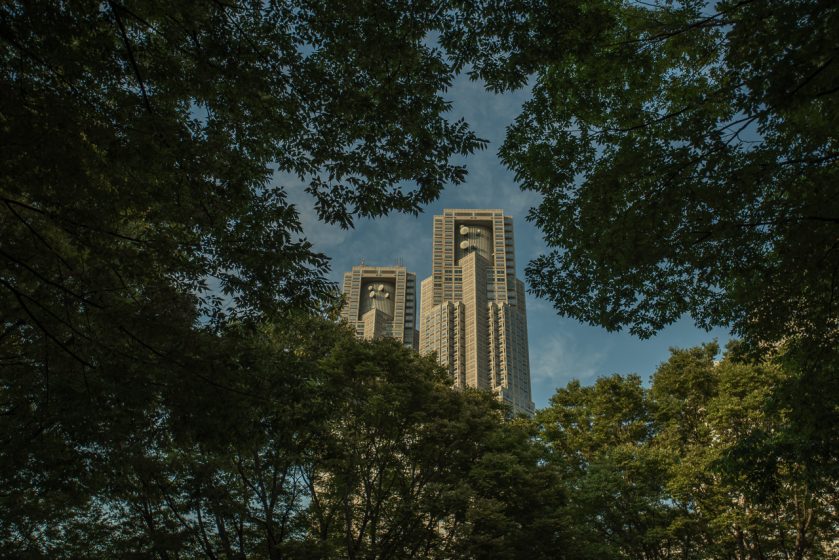
Satish Kumar, editor of Resurgence & Ecologist, puts the distinction between these two ways of thinking this way:
“We can look at the world and see it whole and perceive it as a network of relationships, or we can perceive the world as a collection of fragmented and disconnected opposites fighting each other.”
It is clear that much of our social business and political world tends to follow the latter of these perceptions of reality; it chooses to live in an ecology of separation.
Yet, it is also clear that some of our culture’s most deep wisdom about ourselves and nature—both in the form of contemporary science and mathematics, as well as nearly every native or religious tradition—sees the world not as fragmented and disconnected opposites (an ecology of separation), but as a network of interrelationships (an Ecology of One). This kind of wisdom seeks to bring us together instead of pushing us apart. It seeks to unite and collaborate instead of to separate and compete.
“Despite humanity’s great diversity and historical differences, when the world’s wisdom traditions penetrate into the experiential depths of existence, a common understanding emerges that is in accord with insights from science … we live in a living universe that arises, moment by moment, as a unified whole.”
—Duane Elgin, The Living Universe
It is good to know that science and religion have such wisdom in their view.
Even so, an Ecology of One is not about science or religion any more than it’s about politics or economics; it is about knowing the connections between ourselves and nature by cultivating deeper, more empathic relationships in every corner of our lives and in every interaction—from the way we buy food to the way we operate our businesses—and allowing these relationships to inform how we go about living our lives.
An Ecology of One is based on relationships. From farmers to urban designers to politicians, the individuals who work with an Ecology of One mindset work to cultivate personal, empathic relationships with the environment and the people in their profession and life.
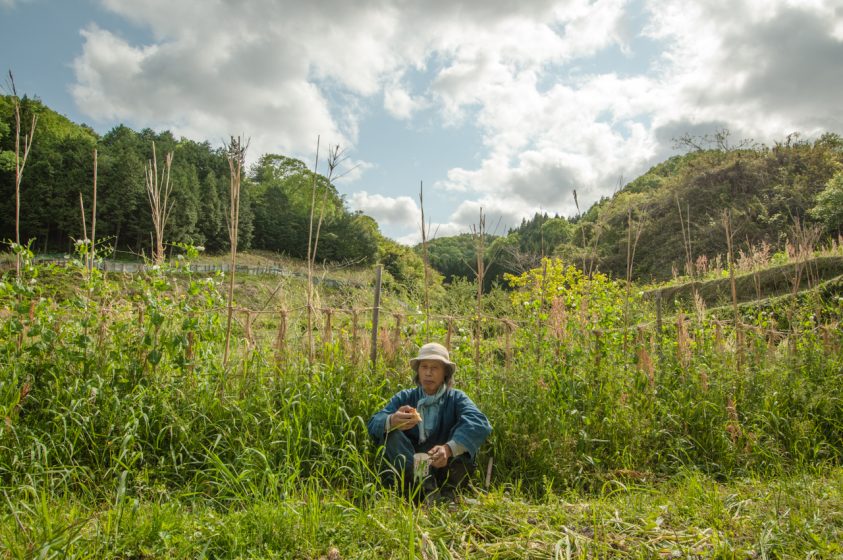
The case of Natural Farming gives perhaps one of the best examples of this mindset in practice. Originating in Japan in the early 1950s with plant biologist Masanobu Fukuoka, and spreading worldwide after the publication of his seminal book “One Straw Revolution” in English, this way of growing food is not about method, but about a way of thinking of ourselves and our relationship to nature. Natural Farming is based largely on a farmer’s personal knowledge of and relationship with the land, allowing most any given ecosystem to thrive on its own without the need for external inputs like fertilizers and pesticides. Today, a new generation of Natural Farmers in Japan and elsewhere not only understand that they live and grow food and sell food within a web of relationships, but also makes explicit efforts to bring empathy to each of these relationships—with the soil, the food, the weeds, and even with the bugs that we often call “pests”.
An Ecology of One mindset has guided many of these real world farmers to move everything to hand-and-human power, no oil power, no chemicals of any kind, no fertilizers, no tilling of the soil, and most strikingly, an embracing of weeds and bugs with empathy instead of as enemies.
As you can imagine, for such a mindset to work, both the farmers and their customers need to be flexible enough to restructure the systems within which they produce, sell, and consume. Yet once they have done so, the results are nothing short of astounding: beautiful fields thriving with life, enriched ecosystems, sustainable local economies, and surprisingly bountiful harvests.
Is that harvest bountiful enough to feed a future population of 10-11 billion people?
Not only are small-scale, biodiverse farming methods enough to feed our expected peak population, but leading sustainability research and practice conducted over the past three-plus decades indicates that it is likely the only way to feed the world while maintaining a sustainable environmental balance.
In painting a picture of the current industrial system, the UN Food and Agriculture Organization gives us 60 years before industrial farming renders most land un-farmable, and The United Nations agrees with the small-scale, biodiverse, non-chemical model as a way to remedy this. In America, decades of research by the Rodale Institute argues for small-scale, “regenerative,” organic methods as the a way to feed the world and cut our CO2 emissions to within recommended levels; and again, out in the field, millions of Regenerative Farmers, Natural Farmers, and Permaculturists are putting an Ecology of One mindset into real world practice, working today to feed much of the world in this way.
As Charles Eisenstein writes, the myth that we need industrial agriculture has been debunked, and the only ones who are holding firmly onto this myth are the industry giants who helped create it.
From this, we can take away a fact that seems astounding, but that is actually a simple ecological reality: we have the ability to grow food and feed the earth’s peak population with non-chemical, non-industrial, small-scale, regenerative methods of farming while also enriching the land and people around us.
We also have the ability to bring this mindset to other industries.
In a sense, the producers who work within an Ecology of One are able to do what so many prominent academics and economists and social theorists have so far been incapable of doing. These people are building new vehicles for commerce, new vehicles for economics, for social actions and interactions, and, of course, a new way of working all of these into a connected ecology of well-being for people and the environment.
They are re-defining how to live harmoniously by looking at everything we engage with—economics or politics or plants or social structure—as a part of an Ecology of One, and approaching everything in this Ecology of One with empathy. And they are necessarily getting their customers and the general public on board with this mindset too.
On the food side of this equation, results of the Ecology of One mindset have produced everything from community supported agriculture (or “CSA”) networks; to local co-operatives and farmers markets; to small, one-person restaurant outfits; to direct buying by customers through farm visits. The end result is that the producers, consumers, and ecosystems surrounding them have all benefited in some way.
The know-how is already there, and there aren’t many technical hurdles we don’t already know how to jump in order to ensure well-being for 11 billion people while also securing sustainability. The need that we must address now is in changing how we as consumers think and act, just as we change how we go about producing food, housing, transportation, and the goods we consume.
For this, we need to learn how to apply an Ecology of One mindset to other systems of production, to economics, and to society in general.
What on earth does this look like?
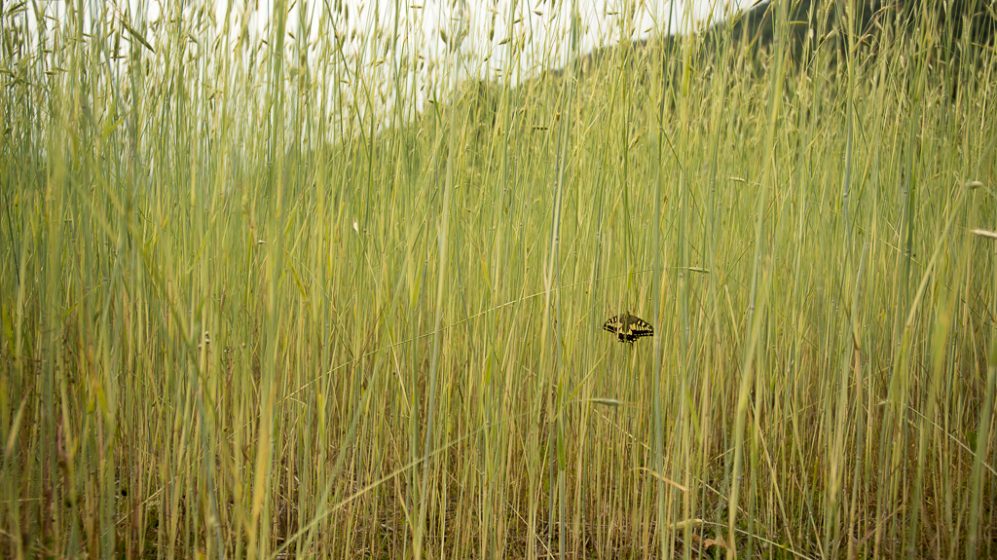
“Even if you only care about humans, in order to care for humans, you need to take care of the system (the environment) that you live in…”
—Nathan Sheriff, Design Chair, California College of the Arts
Applying the lessons
To imagine what such a way of life might look like, and how we might start to build our social and economic systems around an Ecology of One, it is helpful to bring into view the recurrent outcomes of the people who are using this mindset.
How do our processes and aims change when we are working within an Ecology of One? There are many positive results, but for the sake of focus, there are three key outcomes that, in our studies and interactions, seem to be omnipresent in the pursuits of those with an Ecology of One mindset. They are 1) smallness of scale, 2) (bio)diversity, and 3) regeneration. These elements are functional foundations within the natural farming practice, yet they also happen to apply, likewise, as valuable aims for nearly any economic or social activity we might undertake.
Let’s take a look at a few brief examples to see firstly how each of these three concepts applies in natural farming, and then further expand this, to see how they apply within another industry.
Small scale
The natural farm should be small enough in scale that the farmer can have a relationship with the living things in the field. An entire economic view—known as Small is Beautiful—was built by the late economist E.F. Schumacher on this kind of concept, and for good reason. The mantras of “bigger is better” and “competition” tend to force an ecology of separation, setting the stage for exploitation of both people and environment.
On the other hand, keeping scale relatively small requires relationships to be built and nourished at every stage, from production to consumption. Having inherently nourishing relationships built into the act of producing and consuming gives us a fertile ground for growing well-being, both for people and the environments in which they live.
But how can we bring our economic world into a way of working that encourages small-scale, relationship-based transactions?
One way is to engage in a personal relationship with our resources: the farmer knowing the soil on an intimate level; the woodworker having a kinship with the trees he uses; the consumer knowing the land where their food comes from.
Then, there are the inter-personal relationships: a farmer engaging directly with their customers and vice versa.
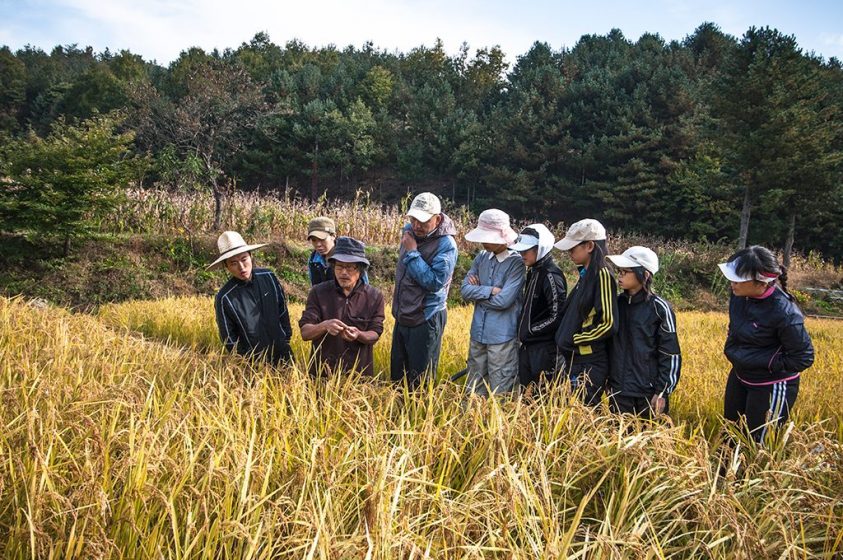
Ryoseok Hong, a Natural Farmer with whom we meet frequently in South Korea, takes the concept of relationship-making seriously. He never sells the vegetables or rice he grows to anyone who has not personally come to see his farm. Hong wants customers not only to meet him, but to meet his field, so they might better understand the beauty of what he does..Due to his naturally limited ability to produce—and his unwillingness to expand at the expense of breaking the careful relationships he has cultivated—there’s a long waiting list of customers who want to take part in this relationship.
In an urban context, friend and chef GaYoung gives us a good look at the concept of small scale and Ecology of One in the largest metropolitan area on earth—Seoul, South Korea.
Several years ago, GaYoung had just migrated back to Seoul, after studying culinary arts and working at upscale restaurants in New York City. She landed a job at a French restaurant perched on the side of a hill overlooking Seoul. By all means, the job was the dream of most of her colleagues. But she was troubled by many aspects of the way the restaurant—not this one in particular, but the industry as a whole—operated, including an intense misuse of the terms “natural,” “sustainable,” and “local” in the food that the restaurant acquired.
More troubling for GaYoung however, was the distance between her and her customers. She wanted to know the people she cooked for, to have some kind of direct feedback loop from them, and she also felt a need to know the people who grew the food she cooked.
After experiencing working with a Natural Farm in the area, GaYoung made a firm decision to quit working at a restaurant that she didn’t believe in fully. She started out blindly, and without the money to open a proper restaurant, she ended up selling rice balls from the back of her bicycle. Not the perfect situation, but it was an instant gratification for her; she tells us the she finally saw the faces of the people, and the effect the food she was making had on them. “People took the rice balls, went and ate them somewhere, and then came back the next day, and the next, and the next for more … I knew I was doing the right thing.” After saving her earnings from the popular bicycle shop, she opened a tiny twelve-seat restaurant in the Mangwon district of Seoul, swapping the rice balls in favor of cooking a single daily entree, and posting the day’s dish to her blog each morning. This way of working allowed her to use her creativity each day to make a new dish based on what was fresh and in season at the local market.
The restaurant became extremely popular, extremely quickly. On most days, GaYoung sold out very early, having to turn away dozens of customers. Yet, on principal of maintaining smallness in order to maintain quality and her own well-being, she never increased the size of the restaurant. Twelve seats remained twelve seats. She refused offers to expand, and also refused any kind of media attention or interviews, with the exception of an interview given to us at SocieCity, on account of our being very close with GaYoung during her transformation.
We see in GaYoung very clearly that the recipe for being successful at a small scale is not to do what will sell, but to do what you love, to do it well, and to engage in good relationships with those you do it for and with.
The act of maintaining smallness, and of physically inviting customers into the process of what you do, builds an Ecology of One by itself, allowing personal relationships to be established between consumer, farmer, chef, food, field. It’s also an act that is certainly not limited to the venue of growing, cooking, and consuming food.
What are your stories of how smallness is working in your city or neighborhood?
(Bio)diversity
Another theme of the natural farm is that many different life forms are encouraged to live together. As mentioned earlier, rather than seeing bugs and weeds as enemies, a natural farmer sees them as part of a balanced and diverse ecology. Diversity—not just of food plants, but of all living things in a field—builds a strong, resilient community of plant and animal life that can better withstand harsh conditions when they arise, and will thrive under normal conditions.
“Diversity is important … having many varieties of species in small amounts creates a stronger possibility for survival than having a large amount of only one specie. This is especially true in this changing environment.”
—Kenji Murakami, Natural Farmer, Itoshima, Japan
It goes against conventional farming wisdom, yet the idea of biodiverse agriculture has been creating thriving small farms around Japan, Korea, India, the United States, and other areas around the world for decades, having first been researched within western science by Richard Root, a Cornell University professor, in the 1960s. Even centuries beforehand, biodiversity was a key component in the agricultural undertakings of many native peoples, notably in North America, as explained in U.C. Davis Professor, M. Kat Anderson’s, recent book Tending the Wild, published by University of California Press.
“This collective storehouse of knowledge about the natural world is called traditional ecological knowledge and it has helped sustain tremendous biological diversity for more than a hundred centuries.”
—Kat Anderson, Lessons in Native American Plant Gathering
Through an economic and social lens, biodiversity is simply called diversity.
Diversity is often strangely interpreted by today’s economy, so it’s important not to dwell on the conventional definition; true diversity is not a matter of mechanically assigning categories and ticking boxes, but of truly knowing the inherent abilities of individual people, then appreciating those abilities in a way that allows them to flourish.
This kind of true diversity can be extended to our relationship with the environment, knowing the qualities of the environment and what it offers us, and appreciating these qualities similarly to how we would our own.
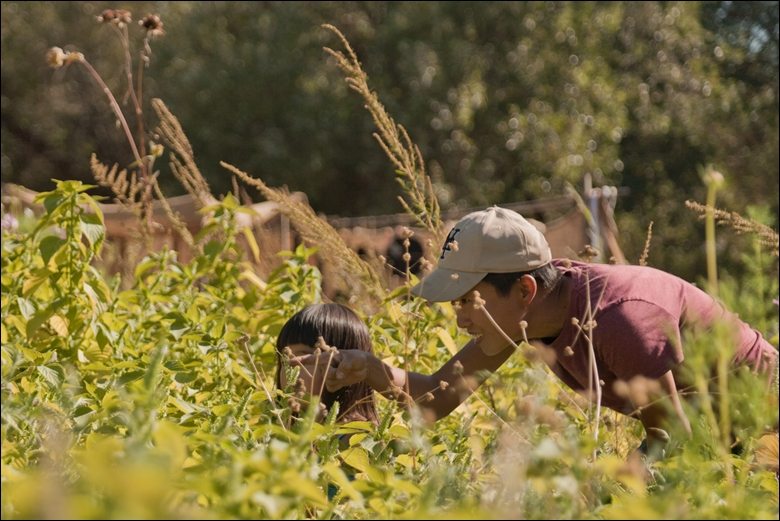
The natural farmer Kenji Murakmai, who is quoted above, told us that he cherishes the act of knowing what the people around him are doing in their jobs—firstly because it builds community, opening up new possibilities for supporting each other, and secondly because, in his words, it “helps everyone work with a grateful heart.”
Kenji works in an area of Japan called Itoshima, and it is one of the great examples of diversity in an Ecology of One. In this town, there are many people working at multiple small and specialized jobs, yet they make efforts to understand, interact, and work across their disciplines as well. Socially and economically, they see themselves in an Ecology of One.
Kenji sells his vegetables to a part time chef who has a restaurant open “when people ask.” We asked, and it was delicious, intimate, supported local talent and ecological well-being, and was even less expensive than eating out at a normal chain restaurant. Across town, there is a small bakery that uses locally sourced ingredients built into one of the rooms of an old house. Kenji explained that they are only open a few times a week and only in the morning because the baker has other jobs around the town. This is just one of her passions. Again, knowing your abilities and passions, and letting these drive what you do—before economic considerations, because who on earth would open a bakery a few days a week explicitly for economic gain—inherently leads to diversity.
There are multiple levels of diversity at work here: one is to literally do multiple jobs at different times in different areas. This way of working is alive, well, and easy to see in small communities nearly everywhere in the world. In the best cases, one job flows into the next, as one season flows into another, or as one ingredient flows into another product. As this thinking goes, even if you aren’t physically involved in all parts of the flow, it is important to know and appreciate all parts of it so that you have a view of where your process fits and how it functions within the whole.
There are also slightly larger, full-time operations in Itoshima that operate on a similar passion. Yoshinori san, a local soy sauce maker nearby, recently took over the business from his father and transformed it, going back to a more traditional and slow process that is integrated with the ecology and social scene. Again, a theme here is that this man has a passion for the biological process of fermenting. I don’t know many people who have this passion, but Yoshinori does, and it came through as he was giving us a tour of his small factory. He makes the soy sauce starter by hand from ingredients that he personally chooses from small producers, at a time when most other small-scale makers are buying theirs in bulk from a national supplier. He truly wants to build relationships, to know the farmers, and to know the customers and how they use and enjoy his product. His work supports true diversity.
On a personal level, real diversity means knowing your own abilities and passions and employing them in ways that are useful and good for the people and places around you. If we can encourage the use of abilities in ourselves, and learn to see and appreciate the abilities of those around us, we can naturally create the same kind of strength and resilience that we see in naturally bio-diverse fields, forests, or farmland.
In this way, both economy and society can become an inter-woven fabric of mutually supportive threads that can withstand harsh conditions, and will absolutely thrive in normal conditions.
Regeneration
Natural farming, when practiced as described earlier, is an inherently regenerative practice: it builds the health and ecological capacity of the land, as well as the health and capacity of the people who come into contact with this land, whether farmer or consumer. The “regenerative” natural farm stands in extreme contrast to our conventional ways of growing food, most of which are decidedly exploitative of oil, mineral, soil, and all else, taking from the environment far more than they give back. The multiple long-term studies that were covered earlier in this writing show very clearly that in agriculture and, frankly speaking, in all areas of production, the need to shift our conventional industrial ways of production towards regenerative practices is deadly serious.
For agriculture to be regenerative, it needs to be based on the regenerative cycle of life and death on the earth, and importantly, on sunlight as a primary energy source. Our biosphere’s ability to capture and transfer this amazingly powerful “free” energy from sun to earth through plant life is a key to its ability for regeneration, and to why we have lush rainforests, thriving meadows, natural farms, and any other life on this planet. Natural farms follow such natural processes of regeneration, never attempting to pressure a given ecosystem to grow more than the it will naturally support by its own cycle of solar energy conversion and life and death in the field.
For society to be regenerative, we need to ask what the primary energy source for this regeneration is. What can society—like the sun—give to itself as a “free” source of energy to allow it to grow naturally, and to bolster its own well-being? Taking a page from some of the greatest social well-being activists, from Jesus and Buddha to Dalai Lama and Martin Luther King, Jr., it should be clear that only compassion and empathy can and do create an ecology of social well-being.
Compassion and empathy are the sunlight of our society, and when put into use by the humans within that society, they allow us to regenerate and grow an ever-more bountiful culture and planet.
Looking at this problem in the context of society and the Ecology of One idea, we can see another clear parallel; our economic system is very clearly not a regenerative one; it is based not on the power of compassion and empathy, but on competition and exploitation of natural resources, of labor, and of (trade) relationships, for starters. Both culturally and ecologically speaking, there is no way for this to continue; a truly resilient economic system must, again, be firmly the opposite of exploitative.
Working in an urban sense, we recently met a lawyer, Janelle Orsi, director of the Sustainable Economies Law Center (or SELC) in California, who is fighting for such regenerative practices in the business and legal world.
From a law and regulation standpoint, Orsi sees a deep need to draw the distinction between “generative” entities—such as cooperatives—which are designed to “nourish and protect” communities and the environment, and “extractive” entities—and I will unabashedly call out most multinational corporations here—which are often designed to draw out wealth and resources from communities and the environment.
The SELC has already greatly influenced regulatory laws in California in ways that make regenerative business officially recognized and easier to facilitate, and which help legalize the cooperation of citizens to support and grow each other. Their efforts include helping to write and pass the California Cooperative Worker Act (AB 816), and a second bill that facilitates development of cooperative housing (AB 569).
The aim of these bills is regenerative. They are examples of efforts to recognize an Ecology of One in social, governmental, and economic senses, realizing the need for all of these areas to begin supporting the well-being of each other at their roots, and the need for compassion and empathy not just to re-enter our vocabulary, but to move themselves into the foundations of what we do.
Like Orsi, if we shift our actions towards a regenerative mindset, our business focus can also begin providing labor that regenerates, that increases the well-being of those who engage in it, that builds mutually beneficial trade relationships, and that generates economic well-being across all areas of a community.
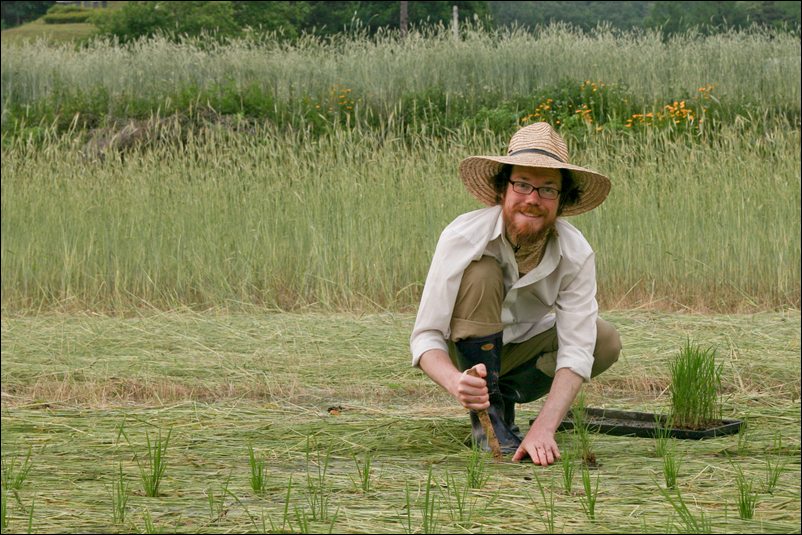
Effecting an Ecology of One
It might sound like a tall task to rebuild our entire economic and social reality to be small scale, diverse, and regenerative. This need not be the case. Like the farmer who creates relationships by bringing the community to his farm; like the chef who allows her creative skills to flourish on an explicitly small scale; like the baker and soy sauce maker who work with their passions and abilities and support a diverse network of others who are doing the same; like the lawyer who works within her community and state to help regeneration become a reality for citizens, we each have such roles, and they must be uncovered individually, revealed and engaged in despite the swift social or market forces that try to sway us otherwise.
You’ll see that even just taking the first few steps as an individual on this path towards an Ecology of One can provide us with infinite possibilities. When we start becoming partners again with the earth in all that we do, so can each of us, too, make a socially and ecologically just economic system a reality for ourselves and those around us. This can come from looking at our own actions each day and asking ourselves if these actions are fostering an Ecology of One, or an ecology of separation; are they bringing us into a closer relationship with this earth and those around us, or are they pushing us still further away, into this spiral of disconnection and dissonance?
“It is a man’s sympathy with all creatures that truly makes him a man. Until he extends his circle of compassion to all living things, man himself will not find peace.”
—Albert Schweitzer, Philosopher and Nobel Peace Prize Recipient
It matters not what discipline we are functioning in; as professionals and as human beings, we can all be in the business of reconnecting into an Ecology of One, of planting our roots with empathy into the reality of this living earth and seeing our role within it. In this way, our work can and will naturally bring itself into the interrelated, living network of small, diverse, and regenerative beings who are working for the health and wellness of ourselves and the places we live.
We can make that choice today. We can accept and continue a life within an ecology of separation, or we can move, with each action we take, towards life in an Ecology of One.
Patrick Lydon
San Jose & Seoul
About the Writer:
Patrick M Lydon
Patrick M. Lydon is an American ecological writer and artist based in Korea whose seeks to re-connect cities and their inhabitants with nature. He writes The Possible City series, is co-founder of City as Nature (Daejeon). He is an Arts Editor here at The Nature of Cities.

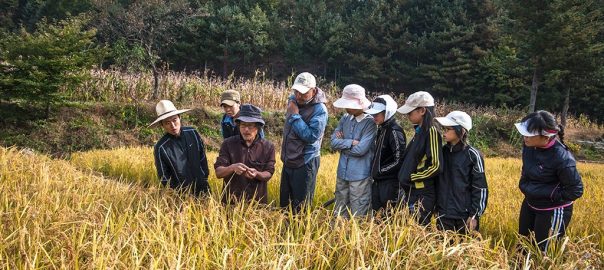


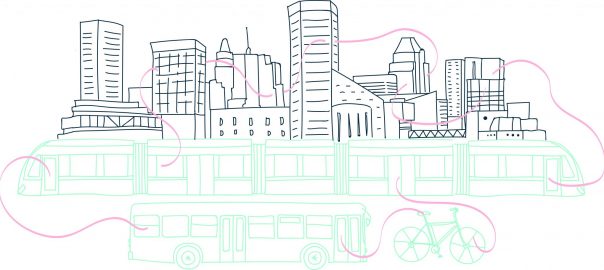
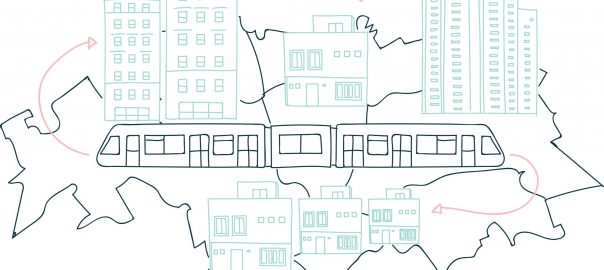

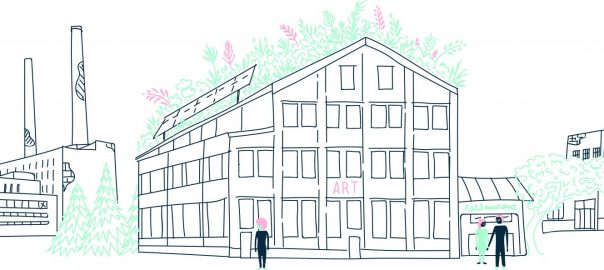
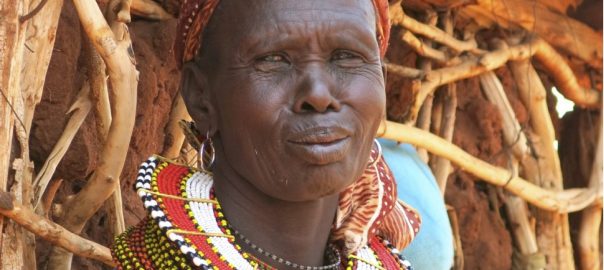
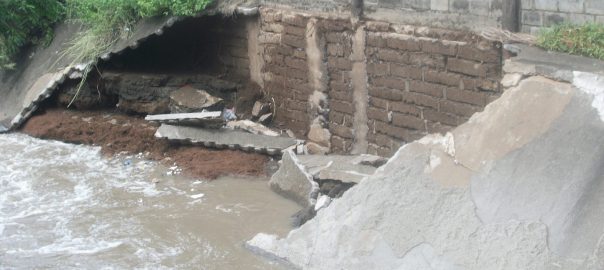
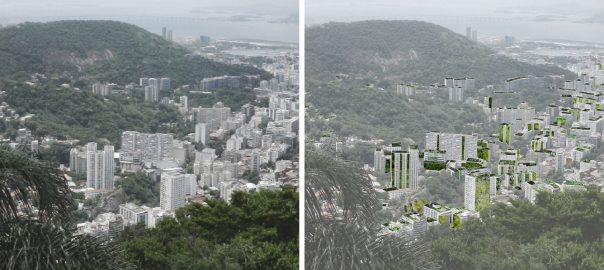
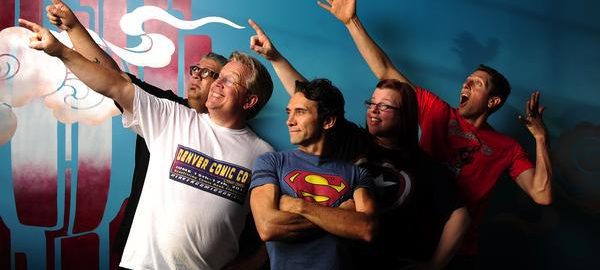
One thought on “Farmers, Chefs, and Lawyers: Building an Ecology of One”